Dealing with car damage and being without your vehicle is undoubtedly stressful. Whether it’s from a minor fender bender or a major collision, understanding the repair timeline is crucial for managing your expectations and making necessary arrangements. At Car Repair Online, we aim to make the process as transparent and stress-free as possible. That’s why we’ve created this comprehensive guide to answer your question: “How long to repair car?”
This article breaks down the average car repair time, explores different types of repairs, outlines the stages involved in the collision repair process, and discusses the factors that can influence the duration of your vehicle’s stay in the shop.
Average Car Repair Time: A Detailed Overview
If you’re asking yourself, “How long will it take to repair my car?”, it’s important to understand that there’s no one-size-fits-all answer. The duration of car repairs varies significantly based on the extent of the damage and several other key factors. Generally, auto body repair time can range from just a few hours to several weeks or even longer.
To give you a clearer picture of typical repair durations, we’ve compiled a table outlining average timeframes for various types of collision repairs:
| Type of Collision Repair | Average Time to Fix |
|---|---|
| Minor Collision Repair | 1-3 days |
| Major Collision Repair | 1 to 3 weeks |
| Paintless Dent Repair | 1-2 days |
| Bumper Repair/Replacement | 1-3 days |
| Fender Repair/Replacement | 1-4 days |
| Door Repair/Replacement | 2-4 days |
| Glass Replacement | 1-2 days |
| Suspension Repair | 2-3 days |
| Frame Straightening | 4 days – 2 weeks |
| Minor Paint Repair | 2-4 days |
| Major Paint Repair | 1-2 weeks |
| Airbag Replacement | 2-5 days |
| Engine Repair/Replacement | 1-4 weeks |
| Full Vehicle Restoration | 4-8 weeks or longer |
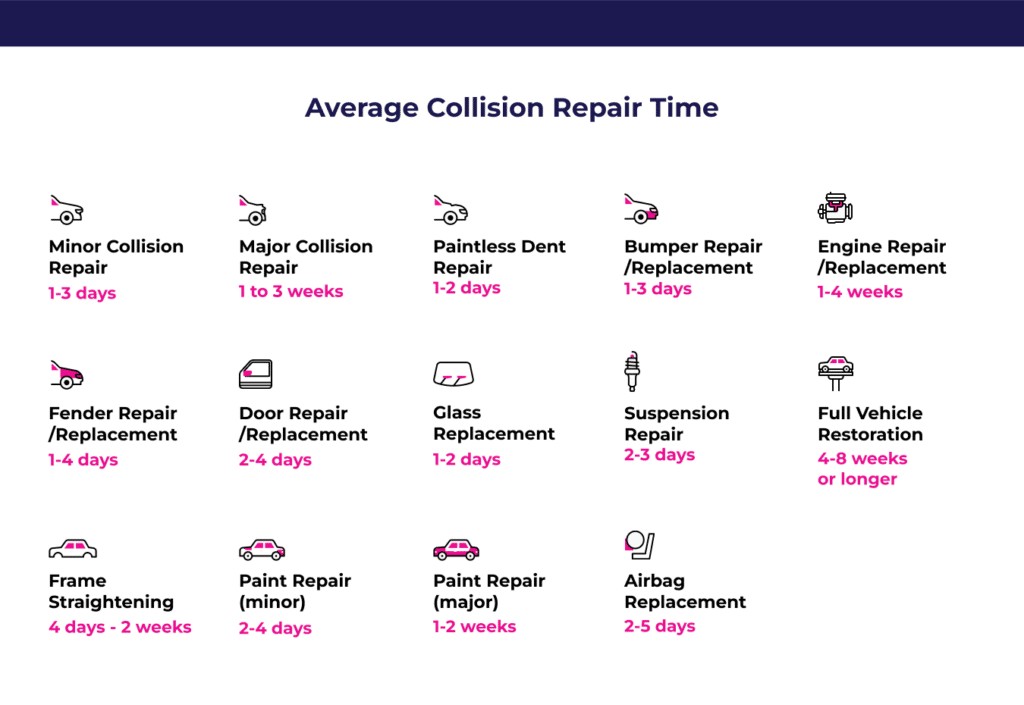

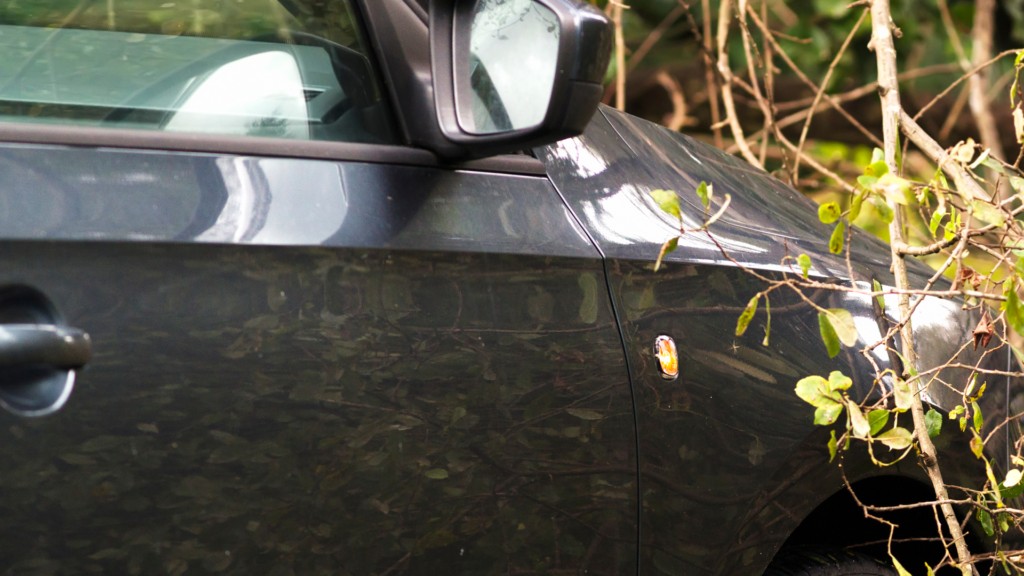
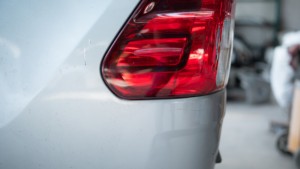
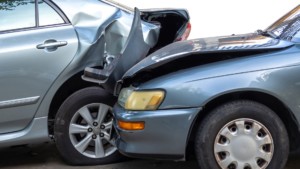
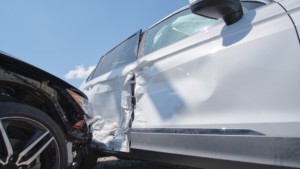
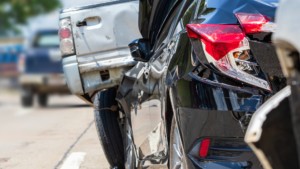
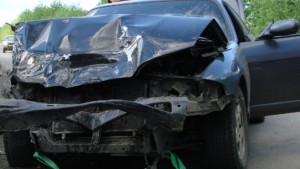


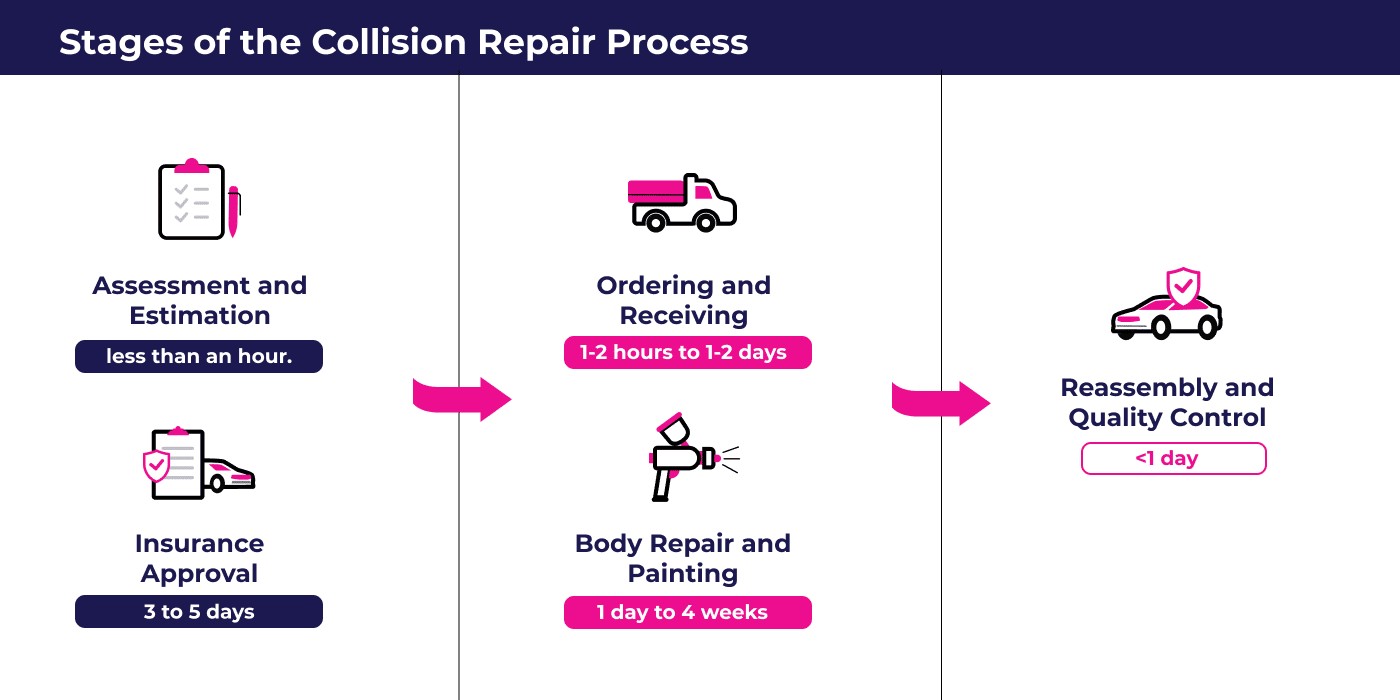
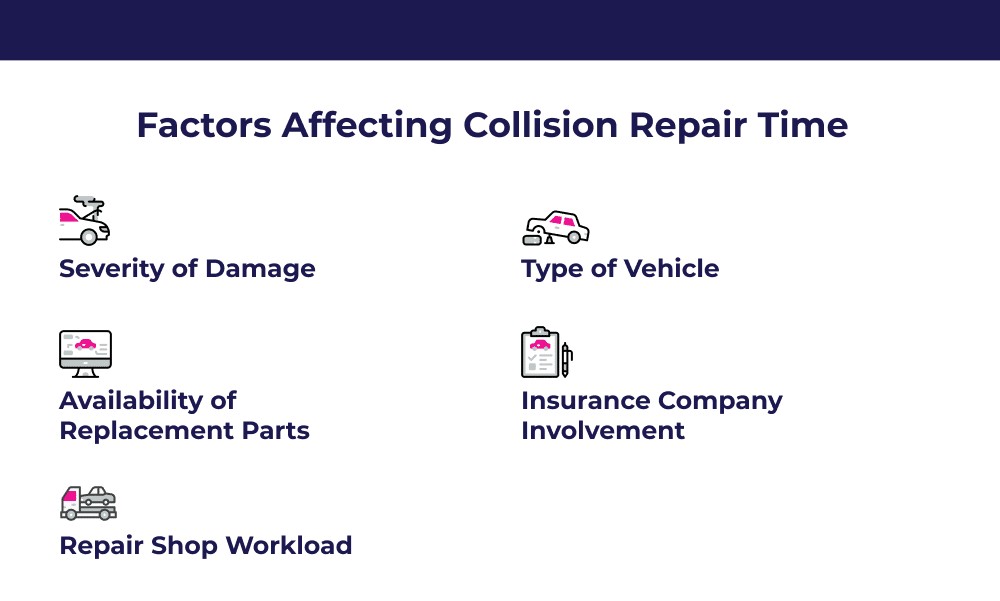
Understanding Minor vs. Major Collision Repair Timeframes
The severity of the damage is a primary determinant of how long your car repair will take. Repairs are broadly categorized as minor or major, each with distinct time expectations.
Minor Collision Repair: Quick Fixes
Minor collision repairs are typically completed within 1 to 3 days. These repairs address cosmetic damages that don’t impact the vehicle’s structural integrity. Examples include:
- Small dents: Like those from a runaway shopping cart.
- Scratches: Such as those caused by tree branches.
- Minor bumper damage: Superficial scuffs or scrapes.
Alt text: Image of a car door with a noticeable dent caused by a shopping cart, illustrating minor collision damage.
Alt text: Car with visible scratches along the side panel from brushing against tree branches, representing minor scratch repair.
Alt text: Close-up of a car’s hood showing minor paint chips and scratches from road debris, typical of quick cosmetic repairs.
These repairs are generally less labor-intensive and often require only basic tools and readily available parts, making them quicker to complete.
Major Collision Repair: Extensive Work Required
Major collision repairs, conversely, can extend from 1 to 3 weeks. These involve significant damage that affects the vehicle’s structure, mechanics, or safety systems. Examples include:
- Frame damage: Bent or twisted vehicle frame.
- Mechanical issues: Damage to engine, transmission, or suspension.
- Airbag replacement: Deployment of airbags during a collision.
Alt text: Car with severe rear-end collision damage, showing a crushed trunk and bumper, indicating a major repair.
Alt text: Image of a car damaged from a side-impact collision, with a crushed door and side panel, requiring extensive bodywork.
Alt text: Front-end damage to a car after hitting a pole, with a damaged bumper and bent fender, illustrating a parking lot collision.
These repairs necessitate specialized equipment, skilled technicians, and potentially longer wait times for specific parts, contributing to a more extended repair duration.
Severe Collision Damage: Lengthy Repair Processes
In cases of severe collision damage, repair times can exceed 3 weeks. This category includes:
- Extensive frame damage: Major structural damage requiring significant reconstruction.
- Hard-to-find parts: Delays in sourcing rare or backordered components.
Alt text: Severely damaged car from a high-speed head-on collision, depicting a crushed front end, crumpled hood, and broken windshield, signifying extensive repair.
Alt text: Rolled-over car showing extensive damage to the roof, sides, and undercarriage, indicative of a long and complex repair process.
Alt text: Car with severe side-impact damage from a high-speed collision, including a crushed door, side panel, and potential frame damage, requiring a prolonged repair time.
The greater the damage, the more complex and time-consuming the repair process becomes.
Understanding the Stages of Collision Repair
To better grasp the overall timeframe, it’s helpful to understand the sequential stages involved in collision repair, from the initial assessment to the final vehicle completion.
Alt text: Diagram illustrating the stages of the collision repair process, from assessment and estimate to final quality control.
1. Assessment and Estimate: Initial Evaluation
The first step is a thorough assessment of the damage. The repair shop will:
- Examine the vehicle to identify all damage points.
- Estimate the time and cost of repairs.
- Document the damage with photos and paperwork.
- Provide a detailed repair estimate to the vehicle owner.
Timeframe: While some shops may take a day or more for a precise estimate, Car Repair Online strives to offer free estimates in under an hour.
Get your Free Estimate within an Hour.
2. Insurance Approval: Navigating the Claim
If you’re filing an insurance claim, the estimate must be submitted to your insurance provider for review and approval. This stage can involve:
- Insurance adjuster reviewing the damage and estimate.
- Potential negotiations on repair procedures and costs.
- Insurance company determining vehicle repairability and cost fairness.
Timeframe: Insurance approval typically takes 3 to 5 days, but can vary depending on the complexity of the claim and insurance company processes.
3. Parts Ordering and Procurement: Sourcing Components
Depending on the damage and vehicle specifics, the repair shop may need to order replacement parts. This involves:
- Identifying and ordering necessary parts based on vehicle make, model, and damage.
- Waiting for parts delivery, which varies based on part availability and location.
Timeframe: Parts procurement can range from 1-2 hours for common parts to 1-2 days or longer for specialized or backordered components.
4. Body Repair and Painting: Restoring the Vehicle
This is the core repair phase, involving:
- Structural repairs to restore the vehicle to factory specifications.
- Dent removal, panel replacement, and frame straightening if needed.
- Premium painting and refinishing to match the original vehicle color and finish.
Timeframe: Body repair and painting can take 1 day to 4 weeks, depending on the severity of the damage, complexity of repairs, and paint requirements.
5. Reassembly and Quality Control: Final Checks
The final stages ensure a complete and safe repair:
- Reassembling all vehicle components, including trim and moldings.
- Thorough cleaning and detailing of the vehicle.
- Rigorous quality inspections to ensure all repairs meet standards.
- Testing of vehicle systems for safety and performance.
Timeframe: Reassembly and quality control usually takes 1 to 2 days to ensure meticulous attention to detail.
Additional Factors: Unforeseen Delays
It’s important to account for potential unforeseen factors that can extend repair times, such as:
- Hidden damage: Discovery of additional damage during the repair process.
- Specialized repairs: Need for frame straightening, wheel alignment, or other specialized services.
- Supply chain issues: Delays in parts procurement due to external factors.
- Shop workload: Busy repair shops may have longer lead times.
Understanding these potential delays helps to set realistic expectations regarding “how long to repair car” inquiries.
Key Factors Affecting Car Repair Time
Several specific factors directly influence the overall car repair time. Being aware of these can help you understand potential variations in repair durations.
Alt text: Graphic outlining factors affecting collision repair time, including damage severity, parts availability, vehicle type, insurance, and shop workload.
1. Severity of Damage: The Primary Driver
The extent of the damage is the most significant factor.
- Minor damage (dents, scratches) translates to quicker and less expensive repairs, from a few hours to a couple of days and costing $150 to $2,000.
- Major damage (frame damage, extensive bodywork) requires more time and resources, potentially taking weeks and costing upwards of $30,000.
- Simple fixes like buffing out a scratch can be completed in about an hour.
2. Availability of Replacement Parts: Sourcing Challenges
Part availability directly impacts repair time and cost.
- Common parts are readily available and less expensive ($100 to $3,000), enabling quicker repairs within hours to days.
- Rare or custom parts are pricier (over $5,000) and can take days or weeks to source, extending the repair timeline.
- OEM (Original Equipment Manufacturer) parts may face backorders, while aftermarket parts are more accessible but may vary in quality. The choice between OEM and aftermarket and potential backorders affects both cost and “how long to repair car”.
3. Type of Vehicle: Common vs. Luxury
Vehicle type plays a role in repair complexity and time.
- Common vehicles (Toyota, Honda, Ford, Chevrolet) generally have readily available parts (both aftermarket and OEM), leading to faster and more affordable repairs, typically within a few days and costing $500 to $3,000.
- Luxury or rare vehicles (Mercedes-Benz, BMW, Audi, Lexus, Tesla) require specialized parts and technicians, resulting in more expensive and time-consuming repairs, often exceeding $5,000 and taking several weeks, especially for rare components.
- Newer vehicles may benefit from better parts availability and warranty coverage, potentially leading to faster and more cost-effective repairs across brands.
4. Insurance Company Involvement: The Claims Process
Insurance claims can add time to the repair process.
- Minor repairs under $1,000 are often quicker and simpler to handle out-of-pocket.
- Larger repairs ranging from $1,500 to $5,000+ involving insurance claims can extend repair time by days or weeks due to claim processing and approvals.
- Car Repair Online assists by working directly with insurance adjusters to streamline the process and minimize delays.
5. Repair Shop Workload: Shop Capacity
The repair shop’s current workload influences scheduling and turnaround time.
- Busy shops may have longer wait times for starting repairs and completing them.
- Choosing a reputable shop like Car Repair Online ensures quality work, transparent pricing, and services like insurance assistance.
- Average collision repairs range from $1,500 to $5,000, with repair times from a few days to a couple of weeks, contingent on shop workload and repair complexity.
Conclusion: Patience and Communication are Key
While the question “How long does a collision repair take?” has a variable answer, ranging from a single day to several weeks, understanding the influencing factors is key to managing expectations. The severity of damage, vehicle type, parts availability, insurance processes, and shop workload all contribute to the final timeline.
Patience is essential during the repair process. Choosing a reputable auto repair service like Car Repair Online ensures clear communication and a commitment to a smooth, efficient, and reliable collision repair experience. They will keep you informed and strive to minimize your vehicle’s time in the shop while ensuring quality repairs.
Average Collision Repair Time FAQs
What are my transportation options while my car is being repaired?
Finding transportation while your car is in the shop can be challenging. Options include:
- Rental car coverage: Check if your insurance policy includes rental car benefits.
- Courtesy vehicles: Some repair shops offer loaner vehicles.
- Public transportation or ride-sharing: Utilize public transit or services like Uber or Lyft.
Car Repair Online aims for stress-free repairs, offering free vehicle pickup and drop-off for qualifying customers and, in some cases, providing free rental cars if insurance doesn’t cover it. This commitment to service makes them a reliable choice for auto body repairs.
Is there a warranty on automotive repairs?
Yes, reputable repair shops offer warranties. Car Repair Online provides a lifetime warranty on auto body work and accident repair services, ensuring peace of mind.
Front-end vs. rear-end collision repair time: What’s the difference?
Rear-end collision repairs are often quicker and less costly than front-end repairs, although it depends on the specifics of the damage. Front-end repairs can be more complex due to components like the grille, engine, radiator, and hood.
When is my car considered a total loss?
A car is typically considered a total loss when the repair cost exceeds the vehicle’s value, often around 70-75% of its market value. In such cases, insurance providers may declare it a total loss and compensate you for the vehicle’s value rather than repair costs.
What if repairs are taking longer than initially estimated?
If repair times significantly exceed the initial estimate, communicate with your repair shop to understand the reasons for the delay. Potential causes include unforeseen damage, parts delays, or insurance claim complexities. While you can contact your insurer about alternative shops, discussing the delay with your current shop is advisable first to identify and potentially resolve the issue.
How much does collision repair typically cost?
Collision repair costs vary widely based on the factors discussed throughout this article. Car Repair Online offers free, fast estimates to help you understand potential costs for your specific situation, enabling you to plan your transportation and budget accordingly.
Get your Free Estimate within an Hour.
